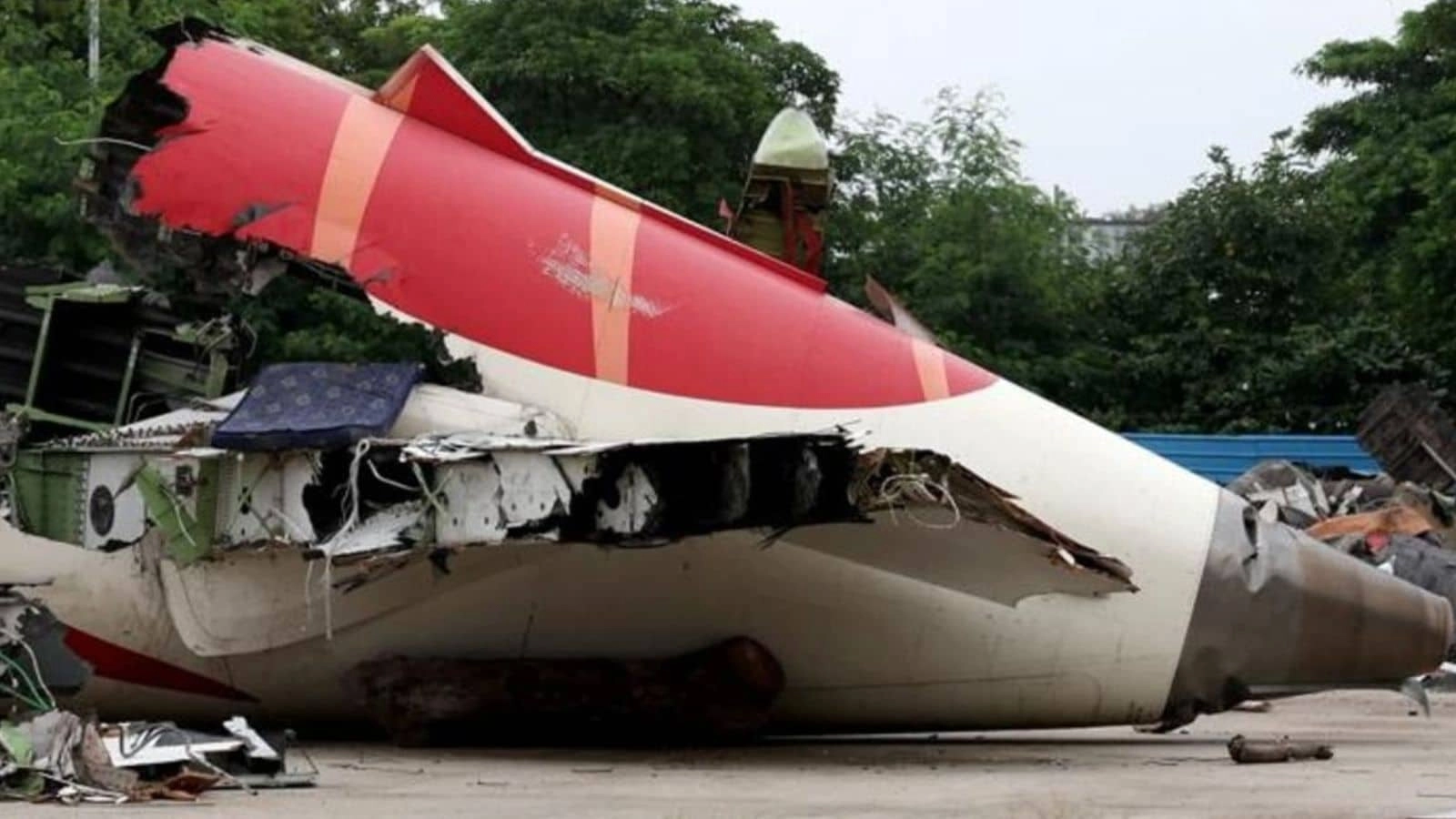In a surprising turn of events, 112 pilots employed by Air India took sick leave just four days after a significant incident involving one of the airline’s Dreamliner aircraft. This mass absence has raised eyebrows within the aviation community and among airline management, particularly given the timing in relation to the recent crash. The Dreamliner, known for its advanced technology and fuel efficiency, has been a flagship aircraft for Air India, and any mishap concerning it can have far-reaching implications for the airline’s reputation and operational stability.
The decision of such a large number of pilots to call in sick simultaneously has sparked concerns about potential underlying issues, including pilot morale, job satisfaction, and safety perceptions within the airline. While the official reasons for the sick leaves have not been disclosed, industry experts speculate that the crash may have heightened anxieties among pilots regarding safety protocols and aircraft reliability. In the wake of accidents, it’s not uncommon for aviation personnel to experience increased stress and apprehension, which can, in turn, impact their health and well-being.
Air India, already facing challenges in maintaining its operational schedule, now finds itself in a precarious situation as it grapples with the sudden shortage of pilots. With a significant number of flights relying on the availability of trained personnel, the airline’s management must act swiftly to address the situation, ensuring that adequate staffing levels are restored while also providing support to pilots who may be dealing with the psychological aftermath of the crash. This incident not only underscores the importance of pilot health and morale in the aviation industry but also highlights the broader implications that a single accident can have on an airline’s operations and workforce dynamics.
In conclusion, the sick leave taken by 112 Air India pilots represents a concerning response to a recent aviation disaster, reflecting potential issues within the airline’s working environment. As Air India navigates this challenging period, it will be crucial for the management to engage with their pilots, address any underlying concerns, and reinforce safety measures to ensure the well-being of their crew and passengers alike. The incident serves as a reminder of the complex interplay between operational safety, pilot welfare, and the overall health of an airline.




